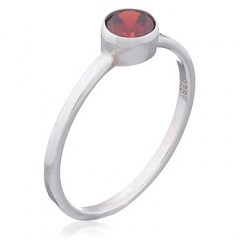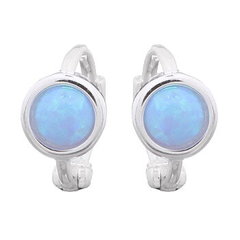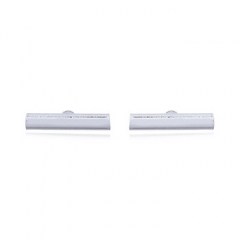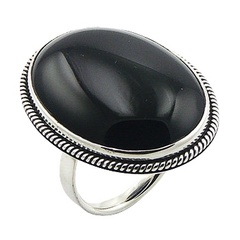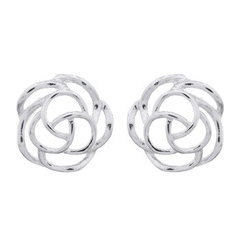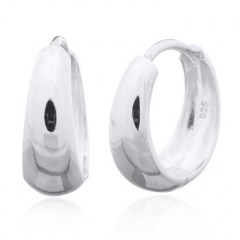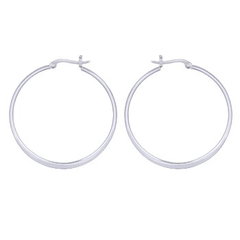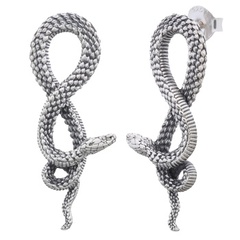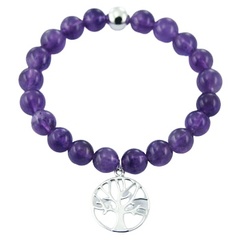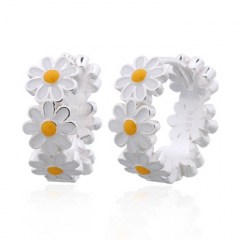Introduction
Japan, a land of rich cultural heritage and remarkable artistry, has a long-standing tradition of creating exquisite jewelry. Among the vast array of Japanese accessories, earrings hold a special place, showcasing the country's unique sense of style, craftsmanship, and attention to detail. This article will explore the fascinating world of Japanese earrings, delving into their history, various types, and the cultural significance behind these exquisite adornments. Join us on this journey through elegance, culture, and artistry as we unravel the timeless charm of Japanese earrings.
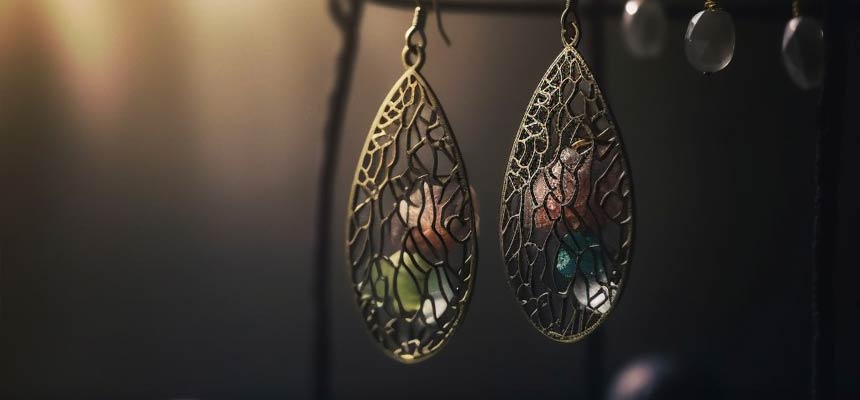
The History of Japanese Earrings
Earrings have been a part of Japanese culture for centuries, dating back to the Jomon period. Early examples of earrings were made from natural materials such as shells, stones, and bones. As time progressed and Japanese society evolved, so did the craftsmanship and materials used in earring production.
The Nara period (710-794) saw the introduction of earrings made from precious metals and gemstones, reflecting the influence of Chinese and Korean culture on Japanese jewelry. During the Heian period (794-1185), earrings became a symbol of status and wealth, with intricate designs and luxurious materials reserved for the aristocracy.
Earring popularity waned during the Kamakura period (1185-1333) but experienced a resurgence during the Edo period (1603-1868) when Japan's isolationist policies fostered a unique and distinct culture. This period saw the emergence of various earring styles and designs, many of which continue to influence contemporary Japanese earrings.
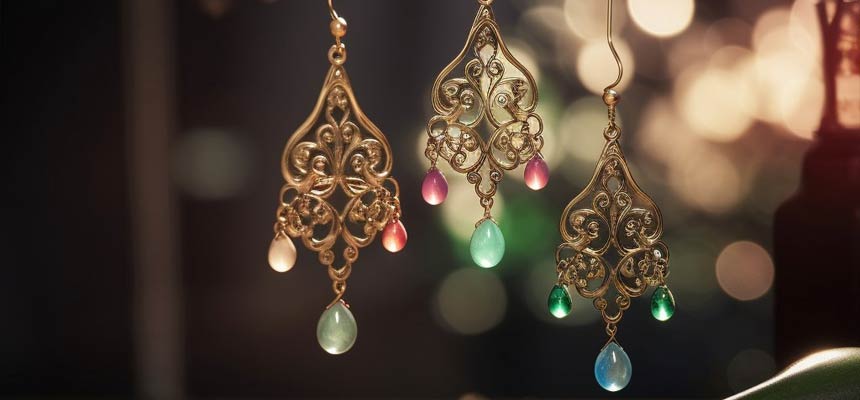
Traditional Japanese Earring Styles
Japanese earrings come in various styles, showcasing the country's rich cultural heritage and exceptional craftsmanship. Some of the traditional Japanese earring styles include:
A. Kanzashi Earrings: Kanzashi refers to the traditional Japanese hair ornaments often worn by geishas and brides. These intricate accessories have inspired a range of earrings featuring delicate metalwork, gemstones, and pearls, resembling miniature kanzashi pieces.
B. Mon Earrings: Mon, or Japanese family crests, are emblematic symbols representing a family's lineage and history. Mon earrings feature these crests in their design, often crafted from gold or silver and embellished with enamel or gemstones.
C. Shakudo Earrings: Shakudo is a traditional Japanese alloy made from copper and gold, known for its unique dark black-blue patina. Shakudo earrings showcase intricate designs and patterns, often featuring nature, mythology, or Japanese folklore motifs.
D. Mokume Gane Earrings: Mokume Gane is a traditional Japanese metalworking technique that creates wood grain-like patterns by layering different metals. Earrings made using this technique are striking, showcasing the distinctive designs and color contrasts created by the layered metals.
E. Tsumami Kanzashi Earrings: Tsumami Kanzashi is a traditional Japanese craft that involves folding small squares of silk or fabric into delicate, three-dimensional shapes. These shapes, often resembling flowers or butterflies, create intricate earrings that evoke a sense of elegance and sophistication.
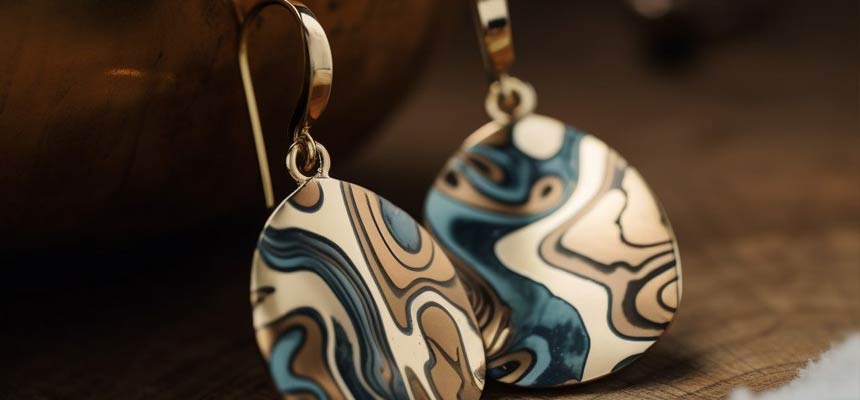
Contemporary Japanese Earring Trends
As Japan embraces modernity, its traditional jewelry styles have evolved to reflect contemporary fashion trends while maintaining a connection to the country's cultural roots. Some popular modern Japanese earring trends include:
A. Minimalist Earrings: Minimalist earrings, featuring simple geometric shapes and clean lines, have become increasingly popular in Japan. These earrings often incorporate traditional materials such as gold, silver, and pearls, combining modern design aesthetics with classic elements.
B. Anime and Pop Culture-Inspired Earrings: Japanese pop culture, particularly anime, and manga, has significantly impacted contemporary earring designs. These earrings often feature beloved characters, symbols, or motifs from popular series, catering to fans who wish to showcase their love for these art forms.
C. Kawaii Earrings: Kawaii, meaning "cute" in Japanese, is a popular aesthetic influencing various aspects of Japanese fashion, including earrings. Kawaii earrings often feature whimsical, adorable designs, such as animals, sweets, or cartoon characters, and are crafted using colorful materials and delicate details.
D. Nature-Inspired Earrings: Nature has always played a central role in Japanese art and culture. Contemporary Japanese earrings often incorporate elements of nature, such as leaves, flowers, or branches, combining traditional motifs with modern design sensibilities.
E. Fusion Earrings: Fusion earrings blend traditional Japanese craftsmanship with modern, global design influences. These earrings often incorporate Western fashion elements, such as gemstones or geometric shapes, while maintaining a distinctly Japanese aesthetic.
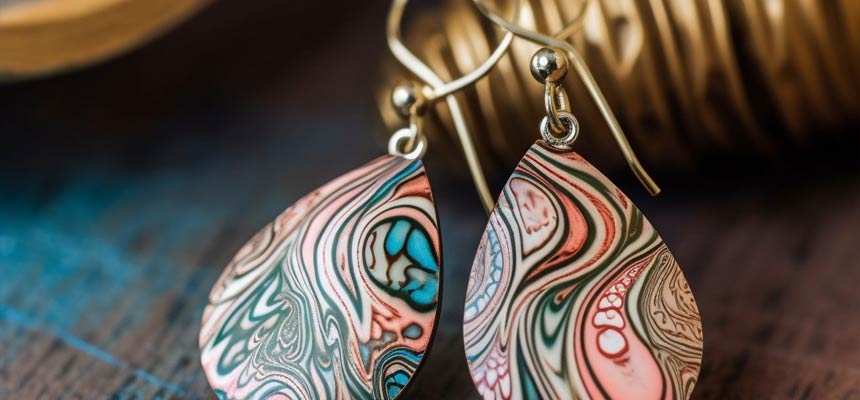
Materials and Techniques in Japanese Earrings
Japanese earrings are crafted using various materials and techniques, reflecting the country's diverse artistic heritage. Some popular materials used in Japanese earrings include:
A. Metals: Gold, silver, and copper are common metals used in Japanese earrings, providing a durable and attractive base for various designs. Traditional Japanese alloys, such as shakudo and mokume gane, are popular choices.
B. Gemstones: Japanese earrings often feature precious and semi-precious gemstones to add a touch of luxury and color. Popular gemstones in Japanese jewelry include jade, pearls, coral, and agate.
C. Enamel: Enamel is a popular material used in Japanese earrings, adding vibrant color and intricate detail to various designs. The art of Japanese enamel, known as shippo, involves applying enamel to metal surfaces, creating stunning patterns and designs.
D. Fabric: Fabric, particularly silk, plays a significant role in a Japanese earring design. Tsumami kanzashi earrings, for example, are created using folded silk squares, showcasing the country's textile artistry.
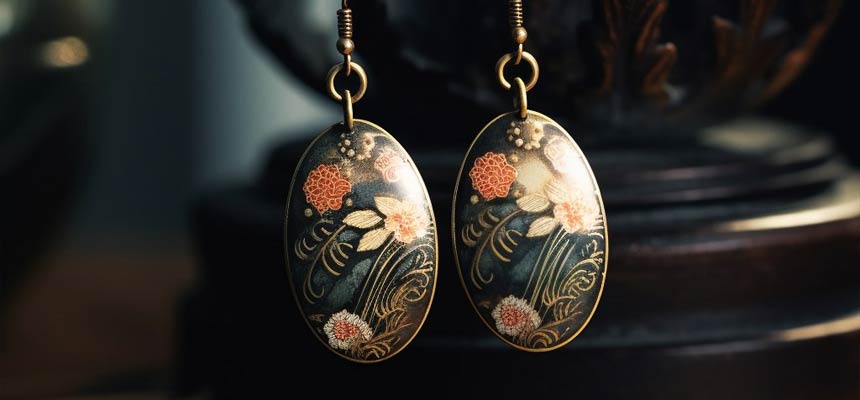
Tips for Choosing and Wearing Japanese Earrings
When selecting and wearing Japanese earrings, consider the following tips:
A. Choose Earrings That Reflect Your Style: Select earrings that showcase your aesthetic, whether minimalist, kawaii, or traditional. Opt for designs that resonate with your style and complement your overall look.
B. Consider the Occasion: Choose appropriate earrings, whether for a formal event, a casual gathering, or a cosplay convention. Different earring styles may be better suited for specific events and settings.
C. Invest in Quality: Japanese earrings are known for their exceptional craftsmanship and attention to detail. Invest in quality pieces that will last and look beautiful over time.
D. Pair with Coordinating Accessories: Complete your look by pairing your Japanese earrings with coordinating accessories, such as necklaces, bracelets, or hair ornaments, for a cohesive and stylish ensemble.
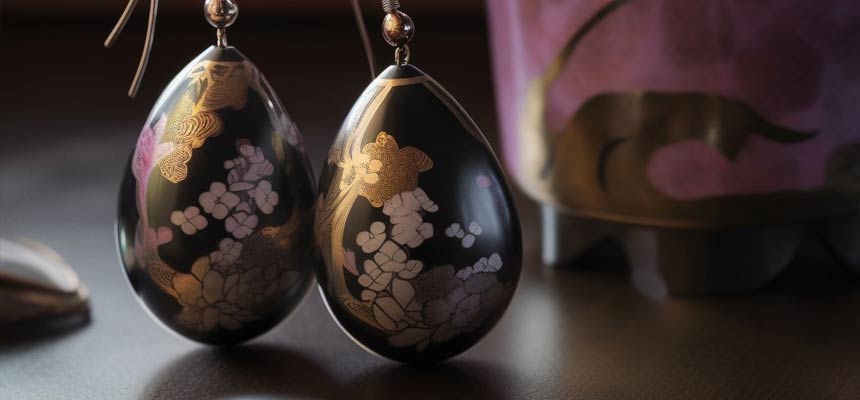
Conclusion
Japanese earrings offer a captivating blend of elegance, cultural significance, and artistry, showcasing the country's rich heritage and unique style. With various traditional and contemporary types, these beautiful accessories uniquely express your aesthetic and connect with Japan's vibrant culture. By selecting the perfect pair of Japanese earrings and wearing them with pride, you can bring a touch of the Land of the Rising Sun to your everyday style or particular occasion ensemble.

